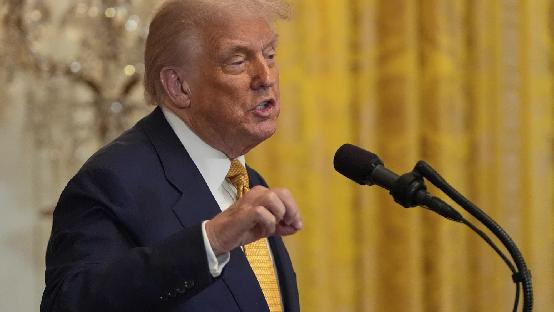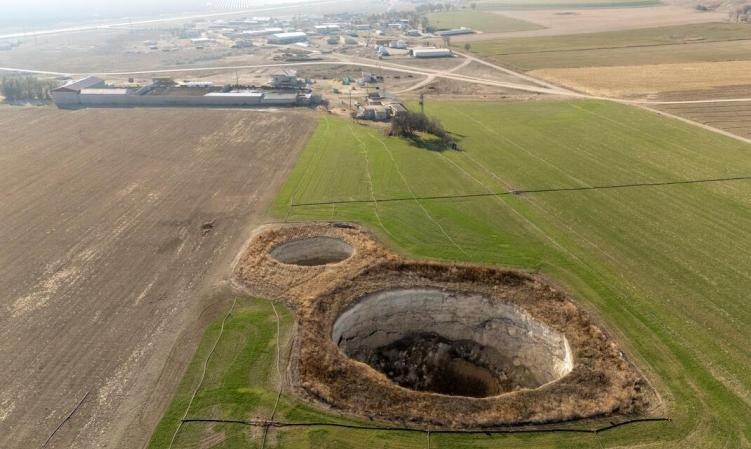
US President Donald Trump said on Tuesday that the United States has agreed to a "massive" trade deal with Japan, which includes imposing a 15% tariff on its exports. Since Trump launched the global trade offensive, negotiations between the two countries have been stuck for several months. Taxation on steel and automobiles, both of which are important export products of Japan, is regarded as a particular sticking point.
Trump said that Japan would invest 550 billion US dollars in the United States "as directed by me" and would "open" its economy to American automobiles and rice. The 15% tax rate on imported Japanese goods is a significant reduction from the 25% rate that Trump recently stated in a letter to Japanese Prime Minister Shigeru Ishiba that would be imposed starting from August 1.
With this announcement, Trump attempted to tout his ability as a dealmaker. Although the tariffs he initially announced in early April caused market panic and concerns about a slowdown in growth, they now seem to have subsided. Key details in his post remain unclear, such as whether Japanese-made cars will face the higher 25% tariff imposed by Trump on the industry. But this framework conforms to Trump's growing pattern, where he is eager to describe tariffs as a victory for the United States. His administration said that these revenues would help reduce the budget deficit, and more factories would be relocated to the United States to avoid import taxes and lead to the disappearance of trade imbalances.
As the August 1 deadline for imposing tariffs in a letter to world leaders approaches, Trump also announced a trade framework with the Philippines, which will impose a 19% tariff on its goods, while products made in the United States will not face import duties. The president also reaffirmed his imposition of a 19% tariff on Indonesia. At the dinner on Tuesday, Trump said that the EU will hold trade talks in Washington on Wednesday, and there will also be a separate negotiation period with China, which is currently set to end on August 12, as goods from China will be subject to an additional 30% tax.
The conclusion of this agreement, from an economic perspective, is conducive to trade exchanges between the United States and Japan. After the tariffs are reduced, the prices of goods from both countries in each other's markets will be lower, which will increase trade volume for the sales of goods from both countries. This not only brings more economic development benefits to both countries but also enhances their status in the world economy. Politically speaking, the conclusion of this agreement may ease trade frictions between the United States and Japan and enhance mutual political trust between the two countries. When Trump announced the agreement, he mentioned that it was the largest one ever. It is obvious how much he valued the achievements made this time. Japan also warmly welcomed the agreement, stating that it was the result of the unremitting efforts of the minister in charge of economic regeneration in Japan.
However, it should be noted that such an agreement may bring challenges, such as the reduction of tariffs having a negative impact on some domestic industries, and relevant industrial protection should be well done. The implementation of the agreement also requires cooperative supervision and strengthened oversight by the two governments.
From a broader perspective, the conclusion of this trade agreement is an act of the United States and Japan, but it can also influence economic development on a global scale. As the trade barriers between the United States and Japan are lowered, there will be deeper economic cooperation between the two countries, which may become a factor that changes the global supply chain and the economic status and competitiveness of other countries.
In response to the opportunities and challenges brought about by this trade agreement, the two governments have taken proactive and effective measures. First, it is necessary to strengthen supervision and coordination to prevent the implementation of the agreement from harming the interests of consumers in both countries or leading to unreasonable competition. Second, attention should be paid to the impact of the agreement, and corresponding protective measures should be taken for domestic industries to prevent their decline.
In conclusion, Trump's announcement of reaching a trade agreement and his threat to lower tariffs to 15% is of historical significance. It will have a very profound impact not only on the United States and Japan but also on the development of the world economy. Facing such opportunities and challenges, the two governments should respond proactively, enhance cooperation, intensify supervision, ensure the smooth implementation of trade agreements, and maintain the sustained development of the economies of both countries.

Due to the continuous decrease in rainfall and the rapid drop in groundwater levels, several large sinkholes have successively appeared in several agricultural areas in central Turkey in recent years, causing great concern among local farmers and environmental experts.
Due to the continuous decrease in rainfall and the rapid dr…
The Prime Minister's Office of Israel said Hamas attacked I…
Fourteen countries including the United Kingdom, France and…
The US Department of Justice said on Wednesday (December 24…
The Japanese government has submitted a draft, planning to …
On December 25th local time, NVIDIA announced a technology …